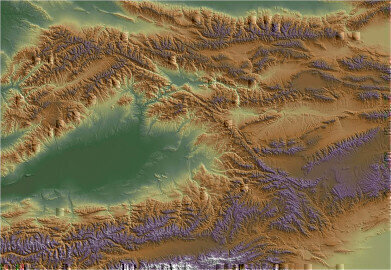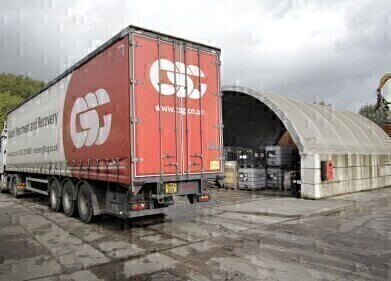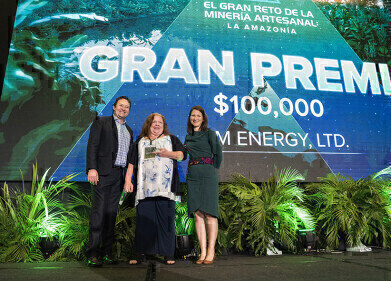Hazardous Waste
NATO funds study into earthquake risk
Apr 29 2009
It’s a nightmare scenario - a power station built on a major fault line surrounded by toxic waste dumps in an area home to millions of people. Now a project to assess the risk of an earthquake in the region has received 250,000 Euros of NATO funding.
The 700 km long Talas-Fergana fault in Kyrgyzstan is similar to the San-Andreas fault in the USA and geologists believe the area is highly vulnerable to seismic activity.
These countries’ competing demands for power and water mean Toktogul is already the focus of cross-border tensions. Disruption could be catastrophic, putting their fragile economies at risk, provoking civil unrest and providing opportunities for the region¿s extremist groups to exploit the resulting disorder.
Radioactive and toxic waste dumps in the area, left by Soviet-era uranium mining, means there is a further threat of contamination to irrigated land in the Fergana Valley that provides food and livelihoods for 10 million people.
Dr Derek Rust, a geologist at the University of Portsmouth, is the Director of the three-year NATO ’Science for Peace’ project. It will use the grant to analyse potential geo-environmental risks and produce hazard scenarios for the governments of the countries at risk.
He said: "Faults are created by movements in the Earth’s crust linked to plate tectonics, a theory which was dismissed by Soviet geologists when Toktogul was designed and built in the late 60s and early 1970s; consequently the significance of the fault was not appreciated.
"We now know that the Talas-Fergana fault has a long history of activity with the last faulting event occurring recently in geological terms, approximately 400 - 500 years ago. Another event is inevitable; it’s just a question of when.
"Understanding the real threats to the environmental security of this region and finding ways to mitigate against these threats is crucial to avoiding conflicts over water and power supplies and avoiding extensive pollution of vital lands."
The Talas-Fergana fault results from the Indian tectonic plate ploughing northwards into Eurasia at a rate of around 50 mm per year, the same active plate tectonics that continues to create the Himalayas and the Tibetan plateau.
Rust predicts that seismic activity in the area of the Talas-Fergana fault could lead to the breaching of landslide-dammed lakes, causing flooding and contamination downstream by uranium waste.
Events
WEATHER • CLIMATE • WATER / EARTH OBSERVATIONS / GREEN ECONOMY
Oct 29 2024 St. Petersburg, Russia
Oct 30 2024 Hong Kong
Nov 05 2024 Toronto, Canada
Nov 06 2024 Ho Chi Minh City, Vietnam
Nov 12 2024 Valencia, Spain













